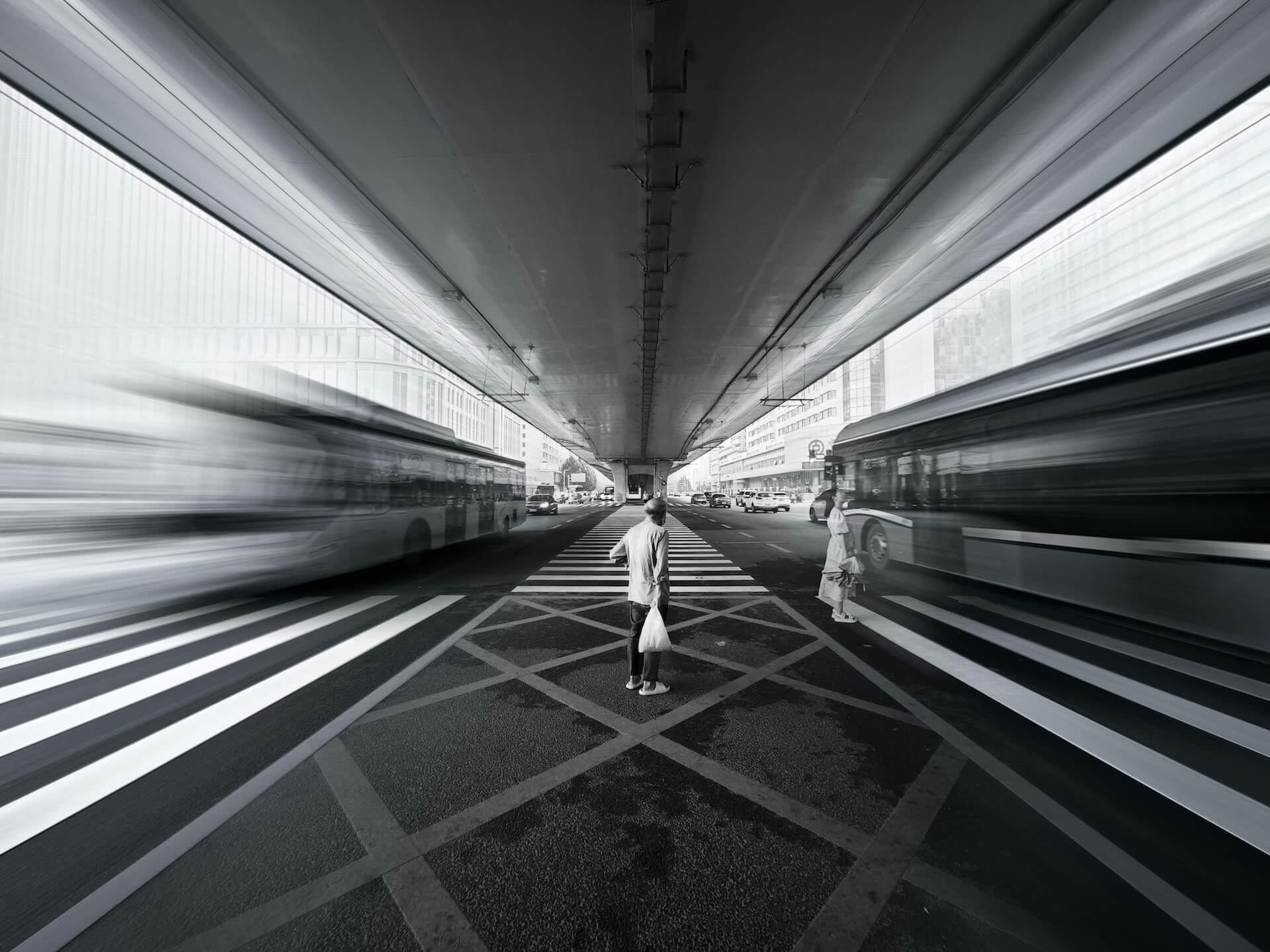Street photography is an art form that captures the essence of everyday life in public spaces. It is a dynamic and spontaneous genre that requires both technical skill and a keen eye for observation. The streets are a stage where people play out their lives, and street photographers are the silent observers, freezing these moments in time.
The essence of street photography lies in its authenticity. Unlike studio photography, which allows for controlled environments, street photographers must navigate the unpredictable nature of public spaces. Timing is crucial, as photographers aim to capture genuine, unposed moments that tell a story or evoke emotions.
Composition is a key element in street photography. Photographers must make quick decisions about framing, perspective, and focal points to create compelling images. The interplay of light and shadow in urban landscapes adds another layer of complexity, requiring photographers to be adept at reading and manipulating natural light.
One of the challenges in street photography is finding the right balance between being an observer and respecting the privacy of subjects. Ethical considerations play a significant role, and photographers must navigate the fine line between capturing candid moments and intruding on someone’s personal space.
Technology has played a transformative role in street photography. Advances in camera technology, particularly in mirrorless cameras and compact high-performance lenses, have made it easier for photographers to move inconspicuously through crowded streets. Additionally, post-processing tools allow for creative expression and enhancement of the captured moments.
In conclusion, street photography is a vibrant and evolving art form that celebrates the beauty of everyday life. It requires a unique set of skills, from technical proficiency to a deep understanding of composition and human behavior. The best street photographers not only capture moments but also offer a glimpse into the diverse tapestry of urban life.
